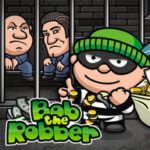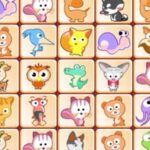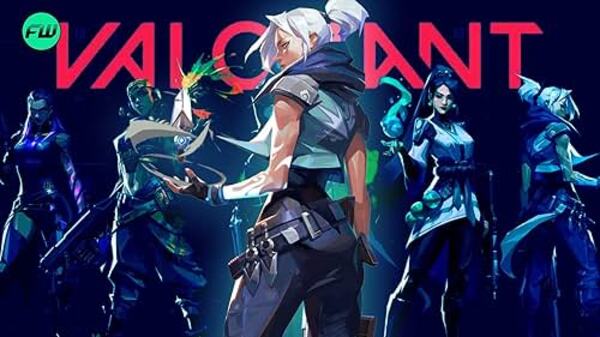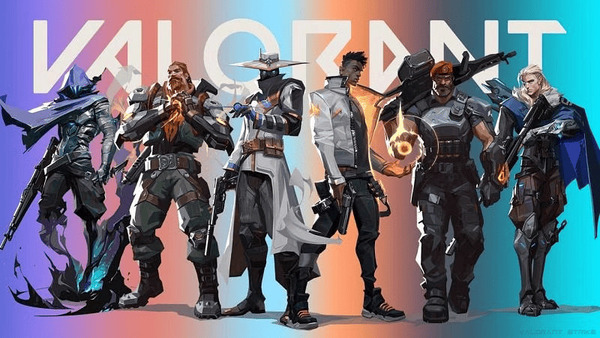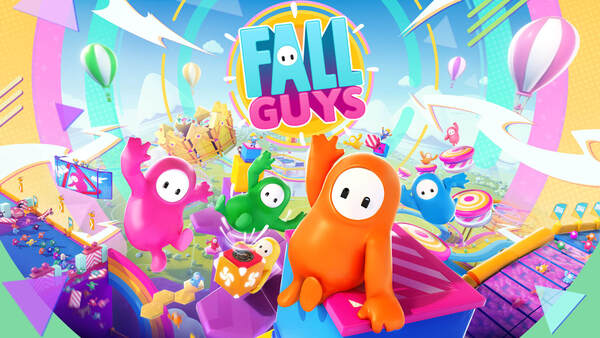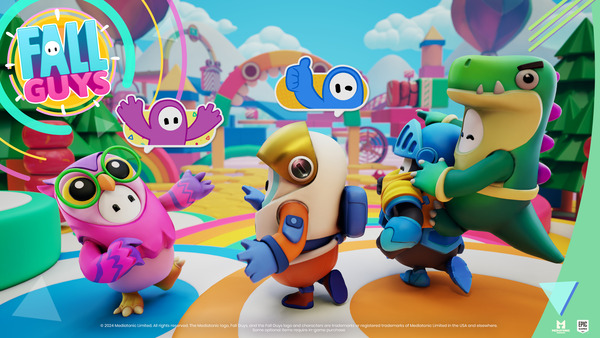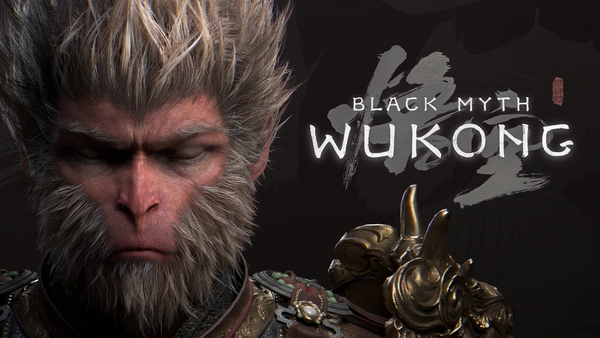Introduction
In a world dominated by massive gaming franchises, Poppy Playtime stands out as a unique and spine-chilling indie horror experience. Developed by MOB Games and released in 2021, the game quickly gained traction thanks to its terrifying atmosphere, mysterious lore, and viral popularity on platforms like YouTube and TikTok. With its episodic structure, unsettling characters like Huggy Wuggy, and immersive puzzles, Poppy Playtime has become a cult favorite in the horror gaming community.
This article provides an in-depth exploration of Poppy Playtime, covering its development, gameplay mechanics, narrative structure, character design, and community impact. We’ll also weigh its pros and cons, rate its overall experience, and speculate on the franchise’s future.
1. Origins and Development of Poppy Playtime
Poppy Playtime was created by MOB Games, a relatively unknown developer prior to this release. The game was conceptualized as a first-person horror-puzzle adventure set in an abandoned toy factory—a perfect backdrop for atmospheric dread.
The development team drew inspiration from games like Bendy and the Ink Machine and Five Nights at Freddy’s, focusing on horror through environmental storytelling and creepy animatronic-like characters. Despite limited resources, MOB Games delivered a surprisingly polished product with strong design direction.
2. Chapter-Based Release Format
Poppy Playtime is released episodically, allowing developers to refine each chapter while maintaining community interest over time. The first chapter, released in October 2021, introduced players to the eerie Playtime Co. factory and its infamous mascot, Huggy Wuggy.
Later chapters expanded the game’s universe, introduced new characters like Mommy Long Legs, and deepened the sinister backstory behind the seemingly innocent toys. This format also fosters fan theories and speculation between releases, keeping the community engaged.
3. Gameplay Mechanics and Puzzle Design
At its core, Poppy Playtime is a puzzle-based horror adventure. Players must navigate environments, solve physics-based puzzles, and avoid deadly threats using the innovative GrabPack—a tool with extendable arms used to interact with the environment.
Puzzles range from simple wire-connecting tasks to multi-step challenges that require observation and timing. The gameplay is not just about jump scares but also requires logical thinking and environmental awareness, setting it apart from many horror titles.
4. Atmosphere and Visual Design
The game’s horror impact relies heavily on atmospheric tension. The abandoned toy factory is filled with dark corridors, flickering lights, and ominous audio cues. Despite its cartoonish surface, the design cleverly juxtaposes cheerful toys with unsettling environments.
Colorful yet deteriorated areas remind players of a once-thriving company now consumed by darkness. Lighting, sound design, and camera perspective all contribute to the game’s constant feeling of unease.
5. Character Design: The Monsters of Playtime Co.
One of Poppy Playtime’s biggest draws is its roster of unsettling characters. The most iconic is Huggy Wuggy, a towering, blue-furred creature with a nightmarish smile. His sudden appearances and chase sequences have become internet sensations.
Subsequent chapters introduced other terrifying mascots like Mommy Long Legs, Kissy Missy, and Poppy herself, each with unique personalities and backstories. The character designs are both whimsical and terrifying, making them memorable long after the game ends.
6. Lore and World-Building
Poppy Playtime’s story is told through environmental clues, videotapes, and background audio. This indirect narrative approach encourages players to piece together the dark history of Playtime Co. and its experiments on children and toys.
Fan communities have expanded on this lore through theories, videos, and fan-made content. The mysteries behind the factory and its toy experiments evoke curiosity, dread, and a desire to uncover more.
7. Community and Fan Involvement
A huge part of Poppy Playtime’s success comes from its community. Content creators on platforms like YouTube and TikTok have propelled the game to viral fame through reaction videos, speedruns, and fan theories.
The developers have embraced this community with teasers, ARG (alternate reality game) elements, and merchandise, turning Poppy Playtime into more than just a game—it’s a digital horror phenomenon with a life of its own.
8. Controversies and Monetization
Despite its success, the game hasn’t been free of controversy. MOB Games faced criticism for monetizing Poppy Playtime Chapter 2 after previously suggesting a free release model. There were also disputes surrounding NFTs briefly associated with the brand.
While the gameplay experience remains strong, these business decisions have sparked debates about developer transparency and fan loyalty. However, they haven't significantly damaged the game’s reputation or fan engagement.
9. Future of the Franchise
Poppy Playtime is positioned to become a long-running horror series. With multiple chapters planned, animated shorts, merchandise, and even potential film adaptations, MOB Games is building a brand that could rival Five Nights at Freddy’s in influence.
Future installments are expected to expand gameplay mechanics, deepen the narrative, and introduce new characters while keeping the episodic format. The balance between innovation and fan service will be crucial to maintaining its popularity.
Conclusion
Poppy Playtime is a masterclass in indie horror game design. With its haunting environments, inventive puzzles, and unforgettable characters, it delivers a compact yet impactful experience that resonates with fans of psychological and environmental horror. While it faces some criticisms regarding monetization and length, the game's strengths in storytelling and atmosphere firmly establish it as one of the most influential horror titles of the decade.
Whether you're new to horror games or a veteran thrill-seeker, Poppy Playtime is an experience worth having—and one that will likely stay with you long after the screen goes dark.

 Free Fire
Free Fire is a top battle royale game with unique characters, weapons, and frequent updates . Master skills and enjoy intense action-packed matches
Read full review
Free Fire
Free Fire is a top battle royale game with unique characters, weapons, and frequent updates . Master skills and enjoy intense action-packed matches
Read full review
 Brawl Stars
Brawl Stars offers thrilling gameplay, unique Brawlers, and diverse modes. Master strategies, unlock rewards, and join the fun in this action-packed game
Read full review
Brawl Stars
Brawl Stars offers thrilling gameplay, unique Brawlers, and diverse modes. Master strategies, unlock rewards, and join the fun in this action-packed game
Read full review
 Stumble Guys
Stumble Guys offers addictive, chaotic fun with vibrant visuals and simple mechanics. It’s a hit in the party game genre, with a bright future ahead.
Read full review
Stumble Guys
Stumble Guys offers addictive, chaotic fun with vibrant visuals and simple mechanics. It’s a hit in the party game genre, with a bright future ahead.
Read full review
 Call of Duty
The latest Call of Duty game introduces major innovations in gameplay, graphics, and features. While it faces some criticisms, it delivers a compelling experience that continues to influence the genre.
Read full review
Call of Duty
The latest Call of Duty game introduces major innovations in gameplay, graphics, and features. While it faces some criticisms, it delivers a compelling experience that continues to influence the genre.
Read full review
 Valorant
Valorant has established itself as a premier tactical FPS, combining precise gunplay, strategic depth, and a vibrant competitive scene. While the game faces challenges such
Read full review
Valorant
Valorant has established itself as a premier tactical FPS, combining precise gunplay, strategic depth, and a vibrant competitive scene. While the game faces challenges such
Read full review
 NBA 2K24
NBA 2K24 offers major upgrades in gameplay, graphics, and features, with innovative elements and community feedback shaping its impact in the sports gaming genre.
Read full review
NBA 2K24
NBA 2K24 offers major upgrades in gameplay, graphics, and features, with innovative elements and community feedback shaping its impact in the sports gaming genre.
Read full review













